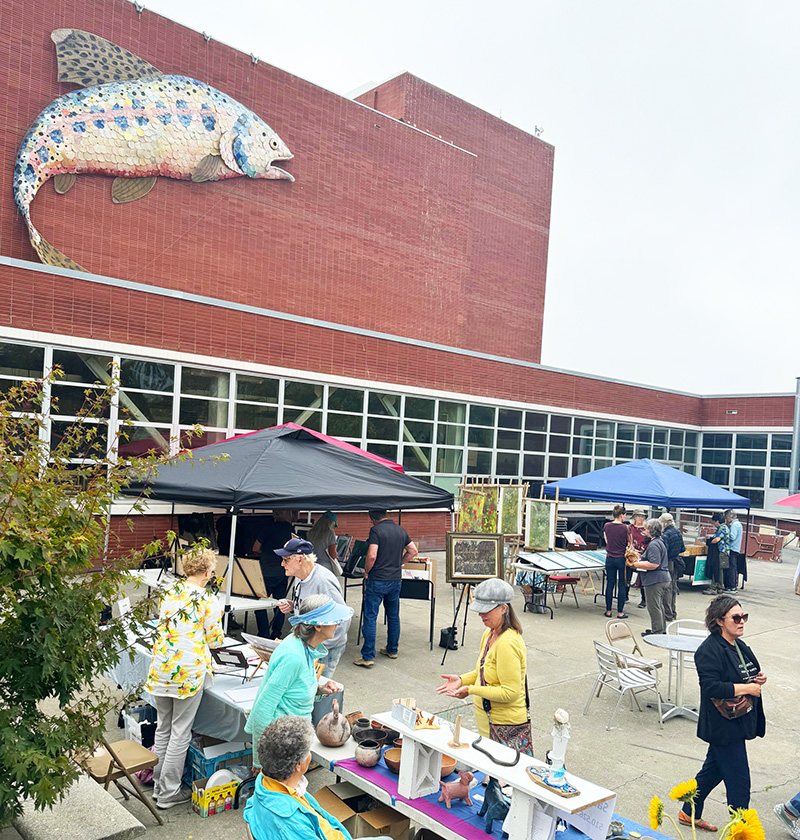Take a Metal Art Class this Spring
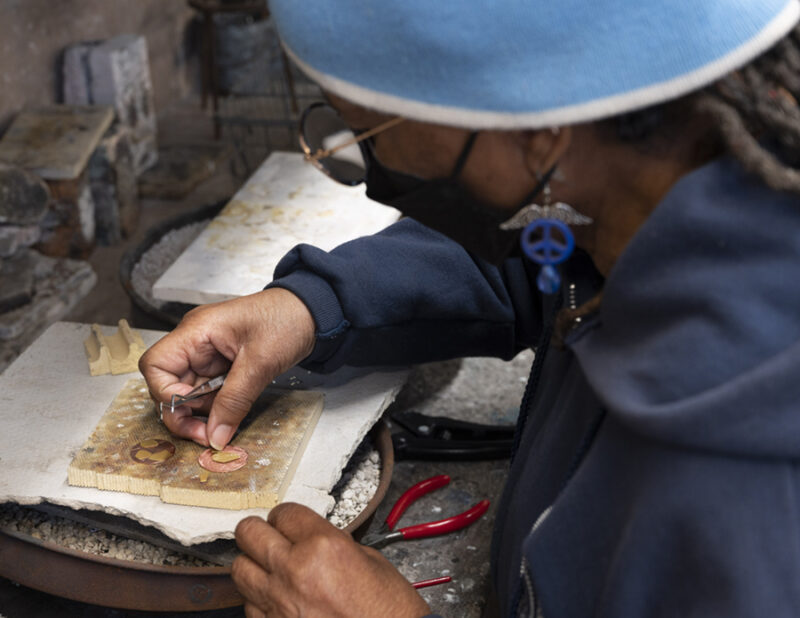
Take a Metal Art Class this Spring Recently at Richmond Art Center instructor Maxon McCarter and students got creative with copper in the metals studio (see photos below by Elaine Moreno). Do you like sculptural art and jewelry? Want to learn how to shape metal to create something amazing? Check out these classes starting soon […]
Spring Catalog and a Message from RAC’s Executive Director
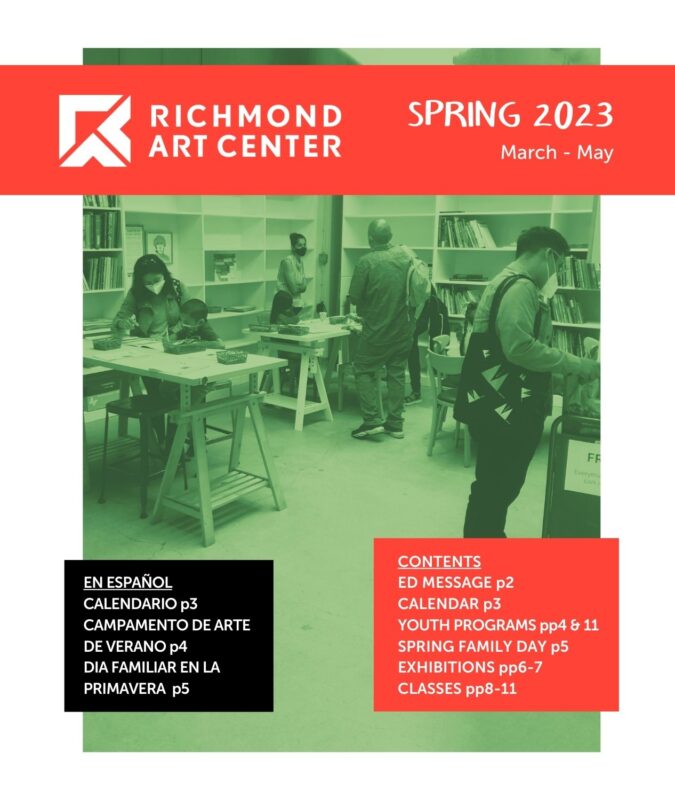
The Spring Catalog is Here! Check out the Spring Catalog for information about upcoming classes, exhibitions and special events. CLICK HERE to see the catalog online, or pick up a copy at Richmond Art Center. A Message from RAC’s Executive Director Hello Friends, Sunny weather is coming and we have a couple of “not to […]
A Big Day at RAC – THIS Saturday 3/18!
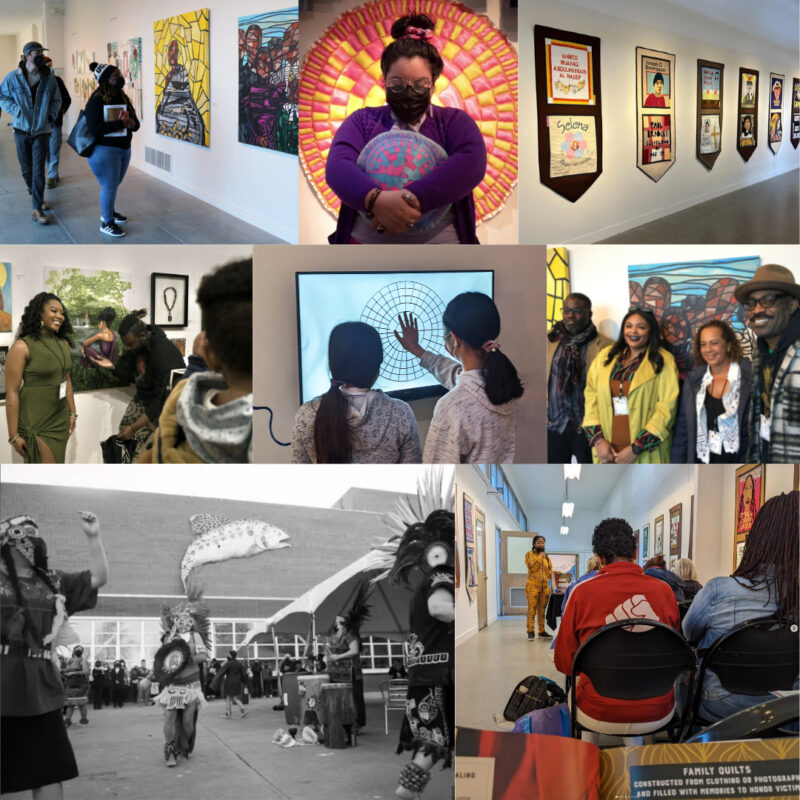
A Big Day at RAC – THIS Saturday 3/18! Join us at Richmond Art Center to celebrate one last time our winter exhibitions! We’ll also be having a free photo session with ENOUGH Considered and hosting a visioning session for the establishment of an Arts Council and an Arts & Culture Strategic Plan for our […]
Artist Talk: Ruth Morgan
5/27/23
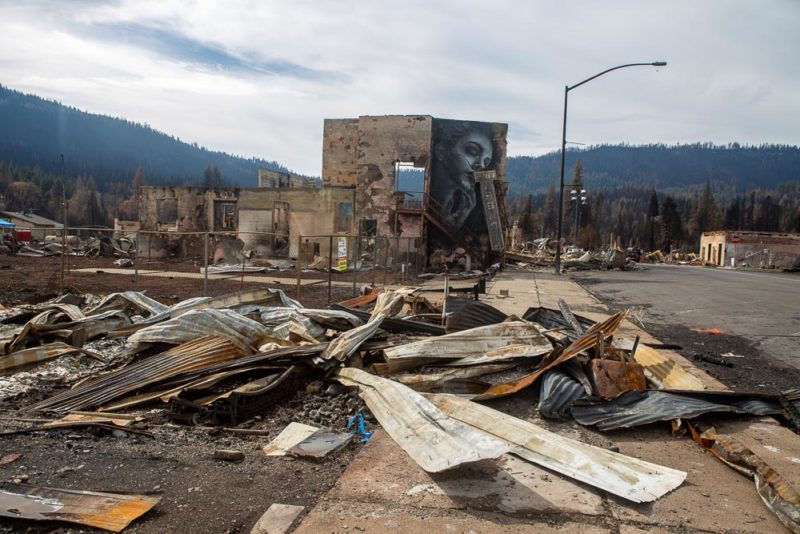
Ruth Morgan in conversation with Robbin Légère Henderson Saturday, May 27, 12pm-1:30pm Richmond Art Center, 2540 Barrett Avenue, Richmond, CA FREE In her exhibition Requiem: The Remains of the Day, August 4, 2021 photographer Ruth Morgan presents a selection of evocative photographs that document the devastation of Greenville, CA after it was burnt down by the Dixie […]
Press Release: Trio of New Exhibitions Explore Climate Crisis at Richmond Art Center
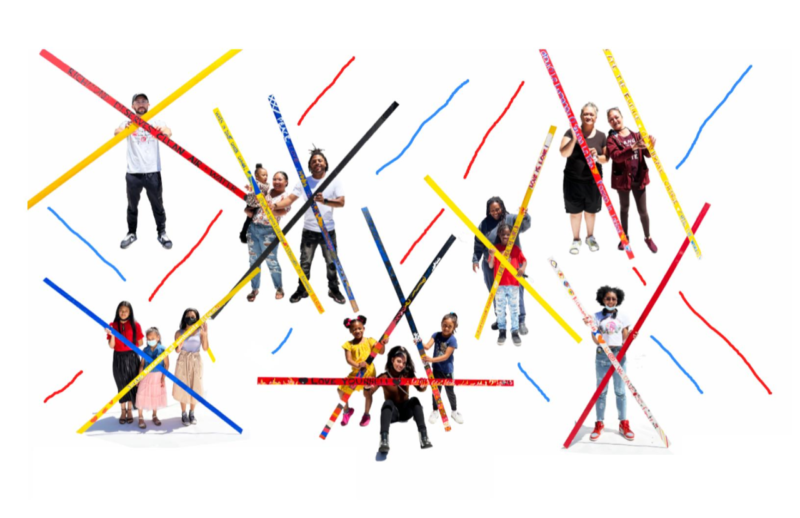
FOR IMMEDIATE RELEASEMonday, March 13, 2023 ANNOUNCING:Spring Exhibitions at Richmond Art CenterApril 5 – June 3, 2023Richmond Art Center, 2540 Barrett Avenue, Richmond, CA 94804Gallery Hours: Wednesday-Saturday, 10am-4pmExhibitions and events are all free and no rsvp is necessary Richmond, CA: This spring Richmond Art Center (RAC) presents a trio of new exhibitions that explore the climate crisis: FENCELINES: A […]
APEN Mural Unveiling
5/12/23
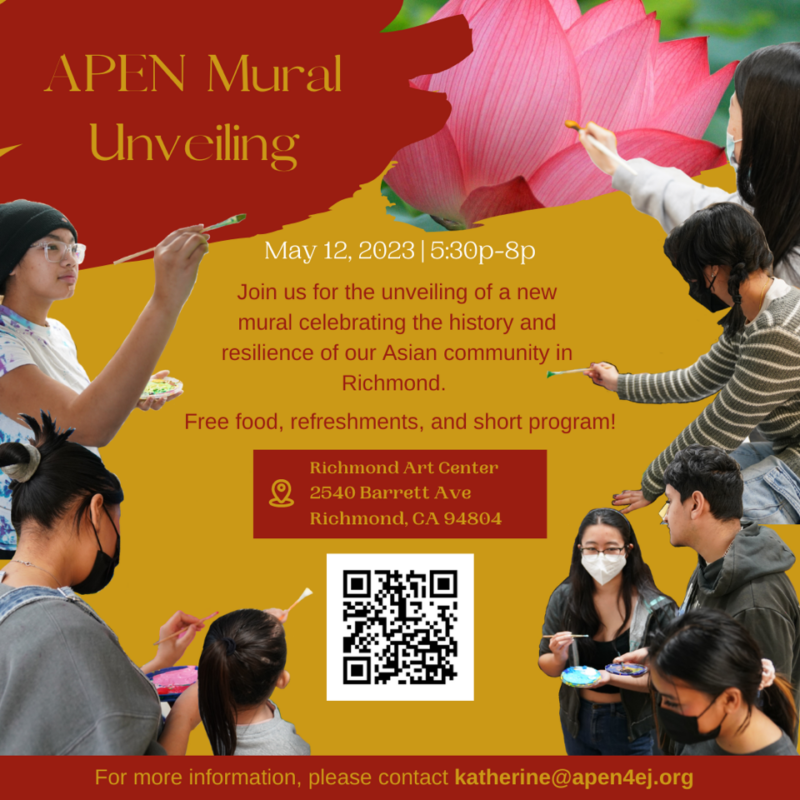
APEN Mural Unveiling Friday, May 12, 5:30pm-8pm Richmond Art Center (courtyard), 2540 Barrett Avenue, Richmond, CA RSVP Richmond Art Center is proud to be a resource for hosting community meetings and events. Richmond Art Center is not the organizer of this event. For more information contact katherine@apen4ej.org
Welcome Kimberly! Richmond Art Center’s new Public Programs Coordinator
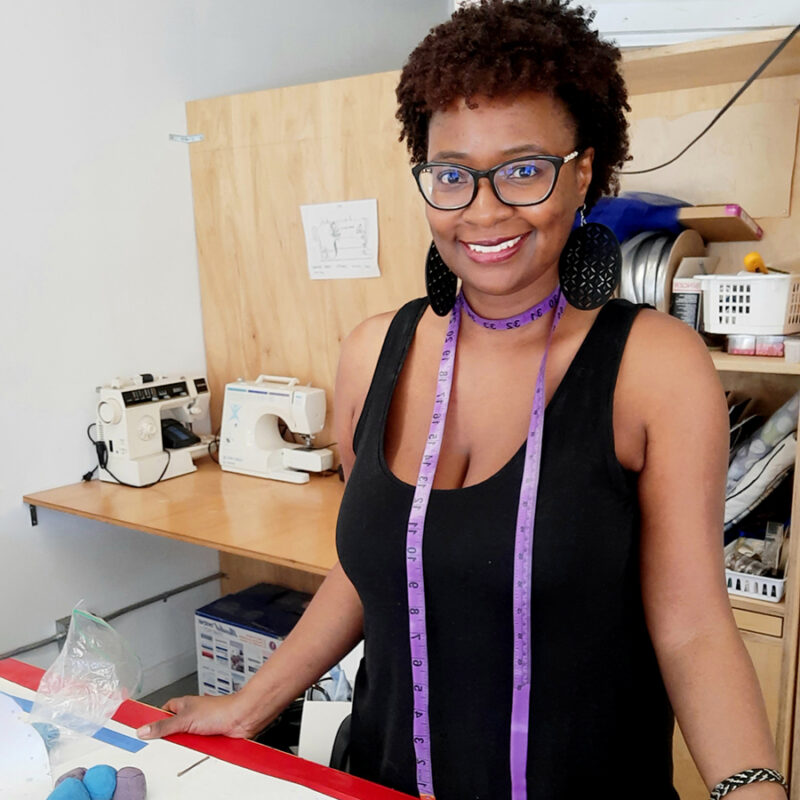
Meet Kimberly Ross, Public Programs Coordinator Kimberly Ross joins Richmond Art Center’s staff team with extensive experience in the fashion industry, as well as entrepreneurial endeavors in event production and image consulting. As Public Programs Coordinator Kimberly will coordinate the volunteer program and special events, as well as support front desk activities. Kimberly is a Richmond native, […]
Show Your RAC Pride! T-Shirts and Totes Now Available
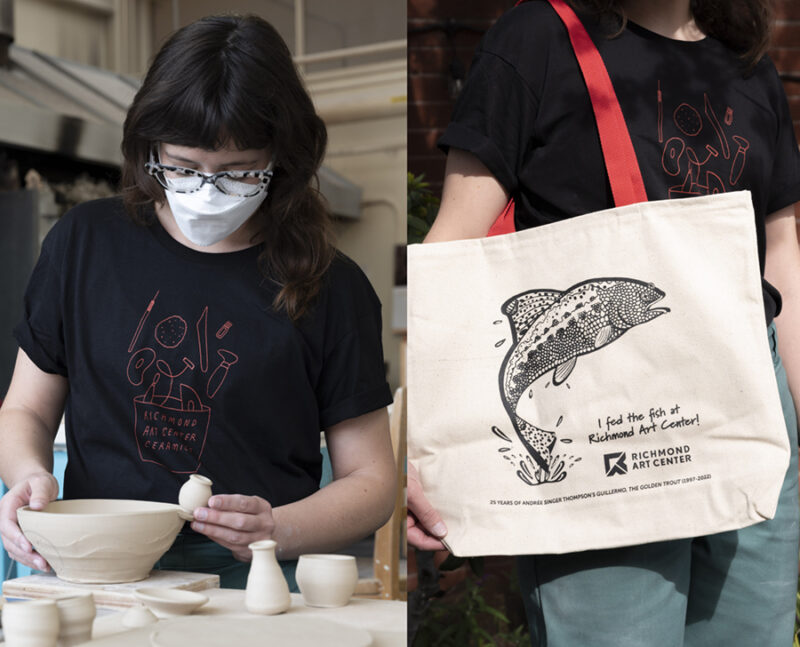
Artist Designed T-Shirts and Totes Our custom t-shirts and totes are only available for purchase at Richmond Art Center. Swing by the front desk and pick yours up while stocks last! Ceramics T-Shirts Design by teaching artist Shannon Abac Unisex Style | Sizes S to 2XL | Cotton Heritage, Soft & Lightweight, 100% cotton Colors […]
Greenway Film Screening and Q&A with filmmaker Jed Lee
5/11/23
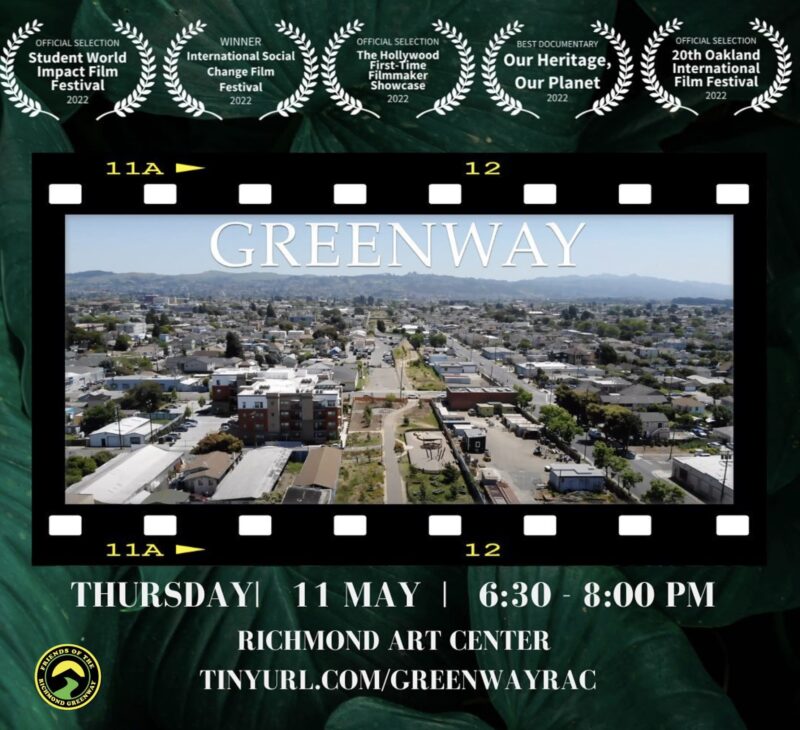
Greenway Film Screening and Q&A with filmmaker Jed Lee Thursday, May 11, 6:30pm-8pm (Gallery Walkthrough with Tanja Geis starts at 5:30pm) Richmond Art Center, 2540 Barrett Avenue, Richmond, CA FREE It’s a revolutionary Rich City! Come hear the full story of the Richmond Greenway! The feature “Greenway” by documentary filmmaker Jed Lee weaves together the […]
Gallery Walkthrough: Tanja Geis
5/11/23
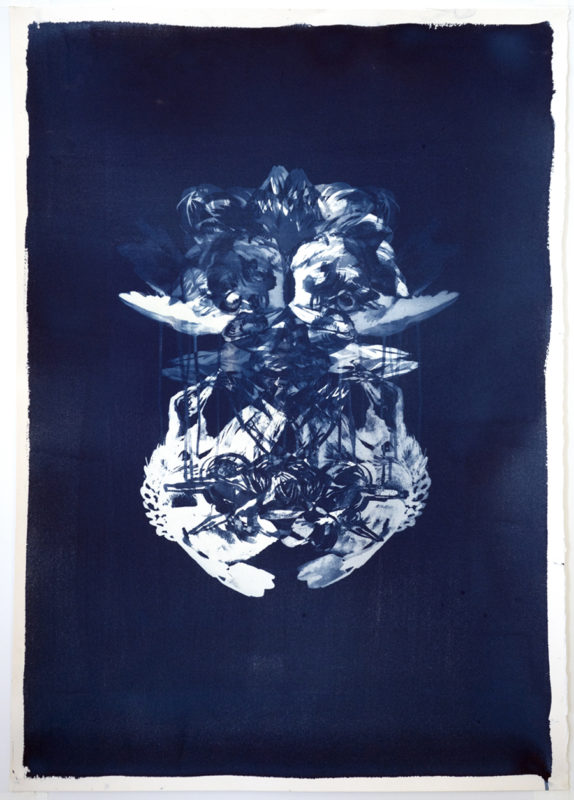
Gallery Walkthrough: Tanja Geis Thursday, May 11, 5:30pm-6:30pm Richmond Art Center, 2540 Barrett Avenue, Richmond, CA FREE Artist Tanja Geis will walk us through her solo exhibition in the west gallery, Recompose. This event is free, open to all and no rsvp is necessary. Immediately following the gallery walk through will be a film screening […]

